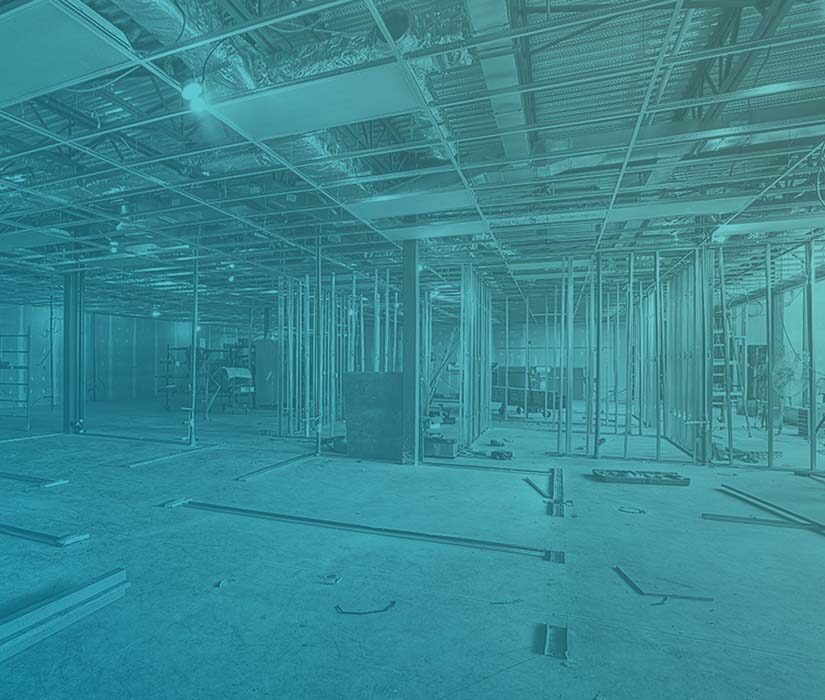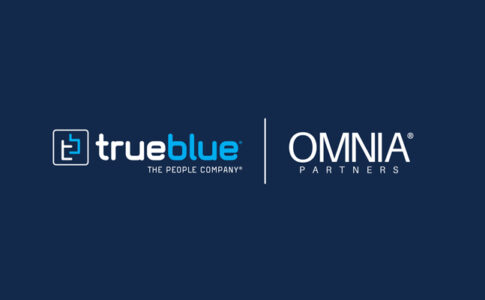
The essential safety guide for skilled trades
Whether you are a skilled worker or employ skilled workers, you face unique challenges and hazards that require both technical knowledge and unwavering commitment to safety practices. Check out our guide that covers essential information to help make safety your top priority.



![A mobile workforce [Info Sheet]](https://skilled.peopleready.com/wp-content/uploads/sites/2/2025/06/feature-2-485x300.jpg)
![Healthcare facilities [Info Sheet]](https://skilled.peopleready.com/wp-content/uploads/sites/2/2025/06/feature-1-485x300.jpg)
![Flexible staffing solutions for commercial solar projects [Info Sheet]](https://skilled.peopleready.com/wp-content/uploads/sites/2/2025/06/FEATURE-485x300.jpg)
![PRST Team Supplies Electricians for High Demand Conventions [Case Study]](https://skilled.peopleready.com/wp-content/uploads/sites/2/2025/06/TB1036_PRST_Case_Study_Blog_Images-Agnostic_Electrician_Staffing-01-485x300.jpg)
![How to prepare for a compliance audit [Checklist]](https://skilled.peopleready.com/wp-content/uploads/sites/2/2025/06/TB0915_PRST_Audit_Checklist–Blog-ImagesFeaturedImage_650x400-485x300.jpg)



![BuildUp by PRST [Info Sheet]](https://skilled.peopleready.com/wp-content/uploads/sites/2/2025/05/Build-up-Solution–Feature-Image-485x300.jpg)






